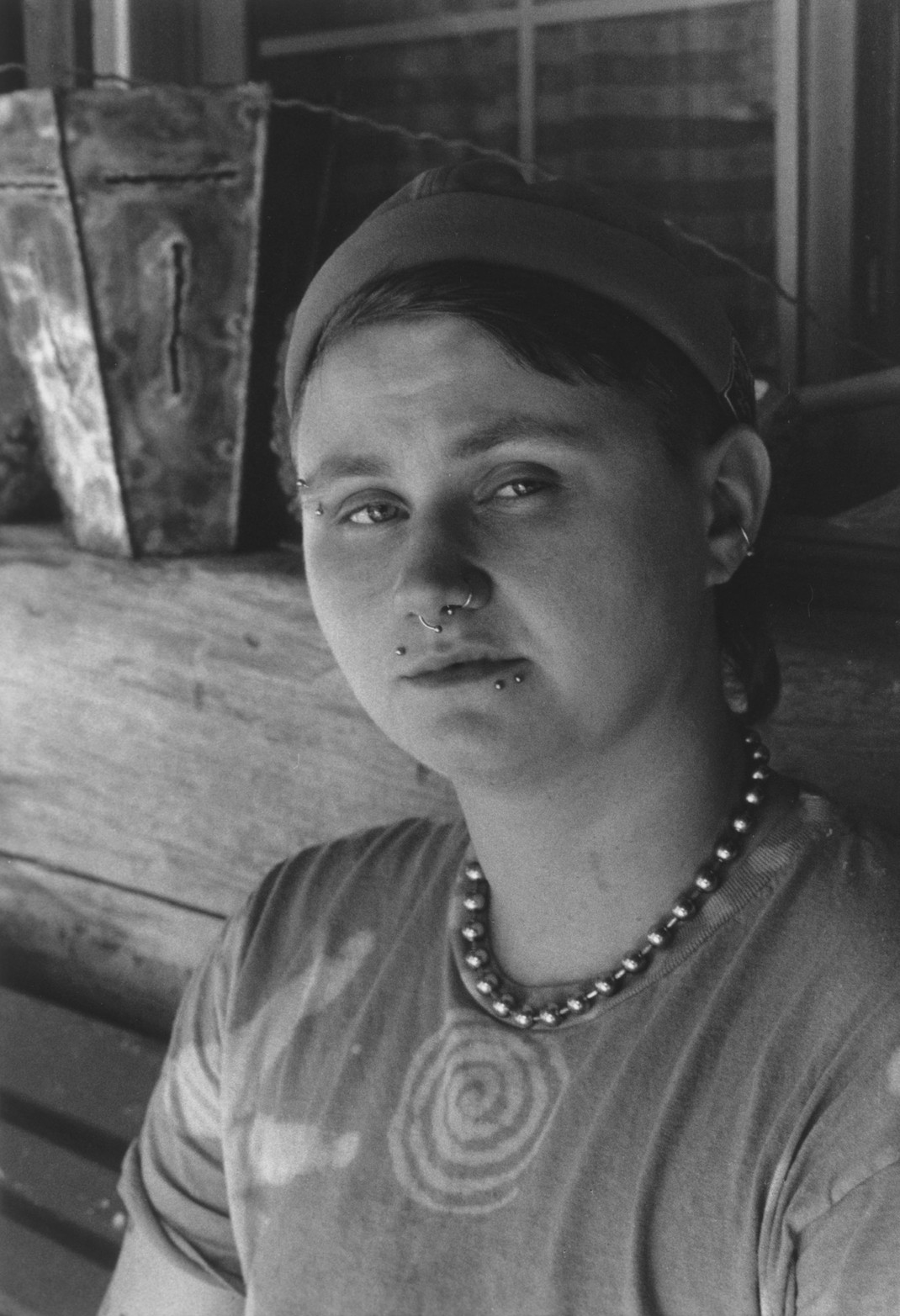Alright – so today we’ve got the honor of introducing you to Micah Dillman. We think you’ll enjoy our conversation, we’ve shared it below.
Micah, looking forward to hearing all of your stories today. Are you happier as a creative? Do you sometimes think about what it would be like to just have a regular job? Can you talk to us about how you think through these emotions?
I am incredibly happy working as an artist. I am able to structure my life according to my needs as a person and a maker and I am constantly being connected to community and other creatives through my work. There are opportunities to reflect on myself and my practice that are afforded because I do not work a regular job. I work with other artists who allow for time to cultivate new ideas and take space away to align with myself through travel, residencies, etc. I don’t think working in a non-creative field has an ever been an option- I’m just not built for it.
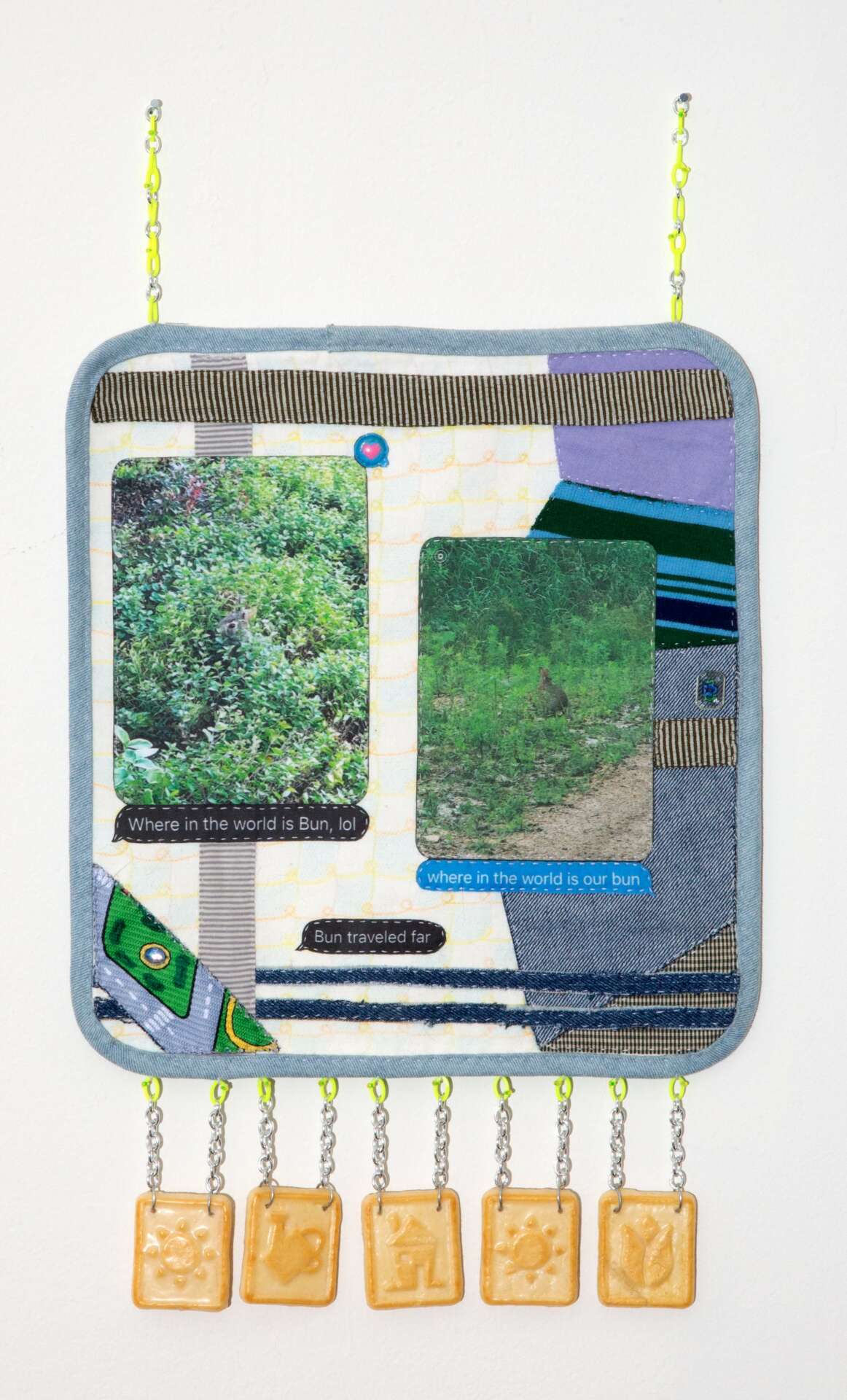
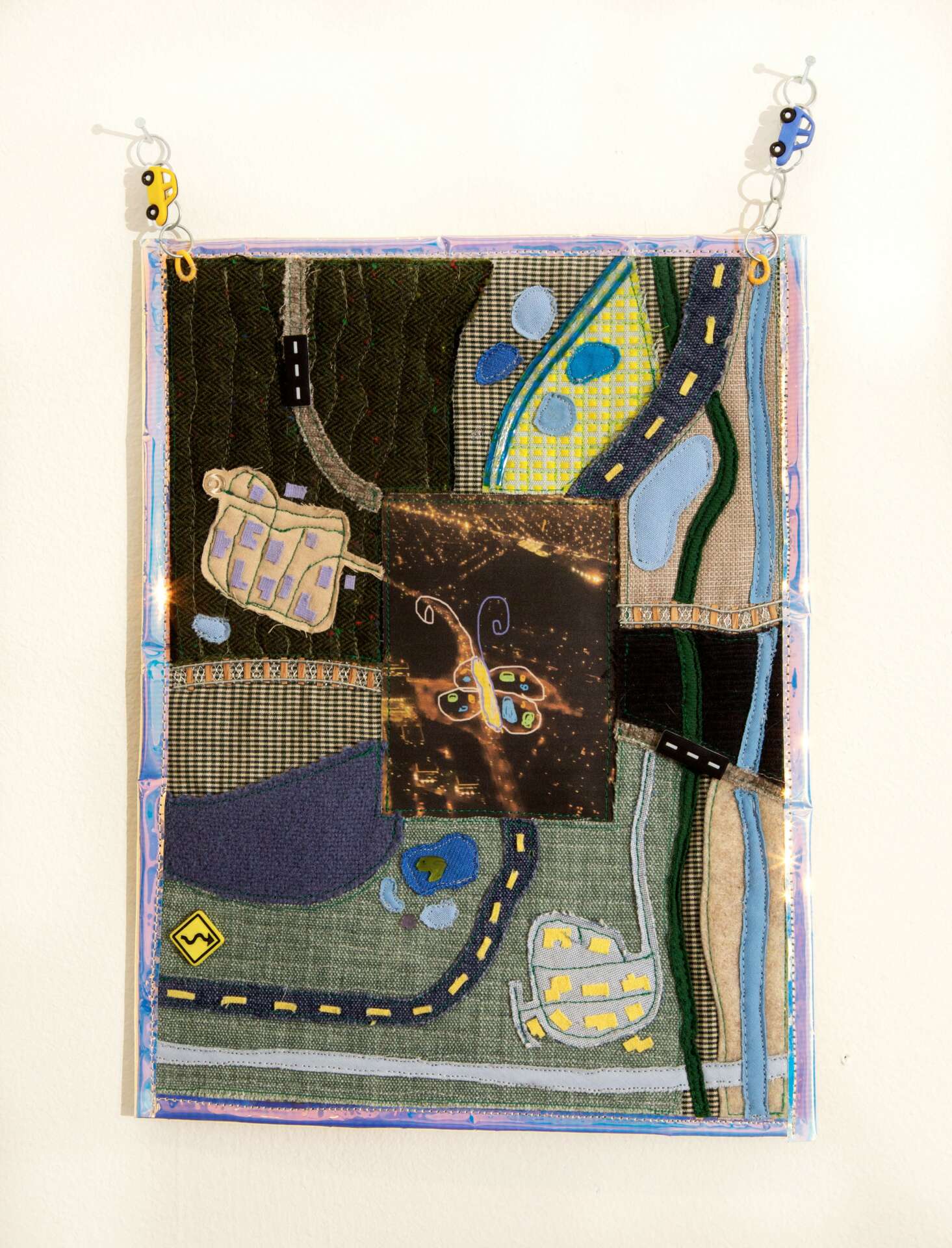

Micah, before we move on to more of these sorts of questions, can you take some time to bring our readers up to speed on you and what you do?
I am a queer and trans visual artist working on my personal practice as well as working under another sculptor as his studio assistant. I began developing my craft in high school learning mainly drawing and painting, ceramics, and fabrication skills in wood and metal. I then attended The School of the Art Institute of Chicago and studied mainly in the fiber and material studies department, while simultaneously continuing to develop my sculptural language. Presently, I sustain my artistic practice by attending residencies, showing in gallery and alternative exhibition spaces, and maintaining a home studio in Chicago.
Here is an excerpt from my artist statement to provide context for the work I am making: I make objects that function as a scrapbook in reverse: sending memories backwards through collections of work that protect and memorialize a re-imagining of my childhood. I often begin with a constructed sculptural or quilted base that is then adorned with collected materials, gifts, and fabricated momentos. I intentionally use the ‘wrong’ materials to achieve specific construction processes. This can look like bread dough as the grout between pretzel tiles or toy cars used as hanging hardware. Sustaining a fiber-based practice, I am consistently drawing on its meditative nature and gendered history. Quilting gives me time to reflect on my personal background and communal trans histories throughout the making process. I am thinking through fabric applications as a mechanism of contemporary queer storytelling. My current work explores idyllic parenting, economies of care, reconstructed memories, and trans self-compassion.
I am very proud of the work I have produced this year. I have been interested in producing quilts and small wooden objects and exploring ceramics as a larger part of my practice. I had my first solo exhibition “#1 SON”: a collection of small scale quilted and embroidered pieces intermixed with miniature toy-like sculptures. I also had a solo exhibition of my performance collective SUCROSE, with collaborator Sophia Karina English. We were able to expand on and exhibit ideas that we have been performing together for nearly a decade. Finally, I just returned from longform residency at Ox-Bow School of Art and Artists’ Residency. I was lucky to be able to take time, re-center my practice, and begin a new body of work. I look forward to seeing what the future holds!

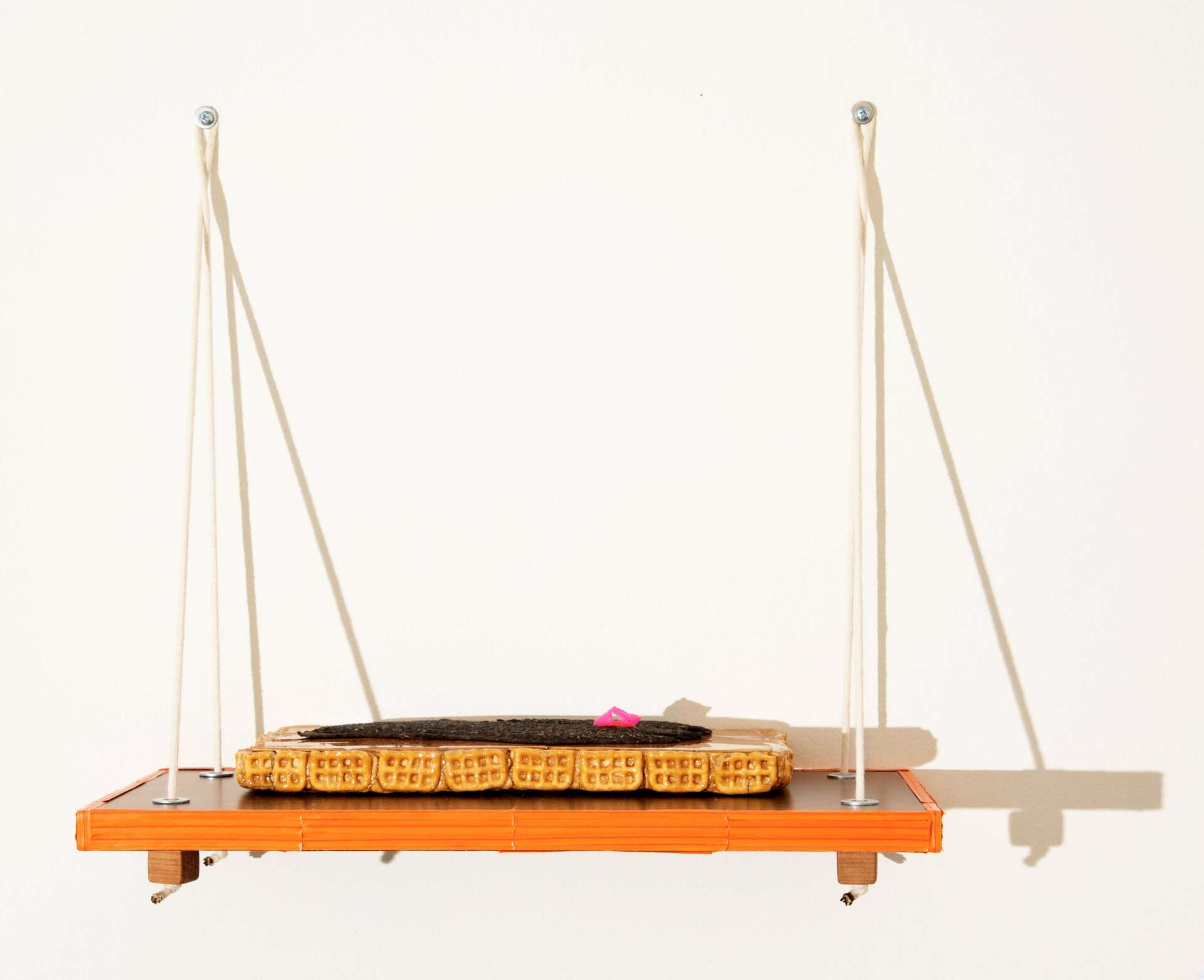
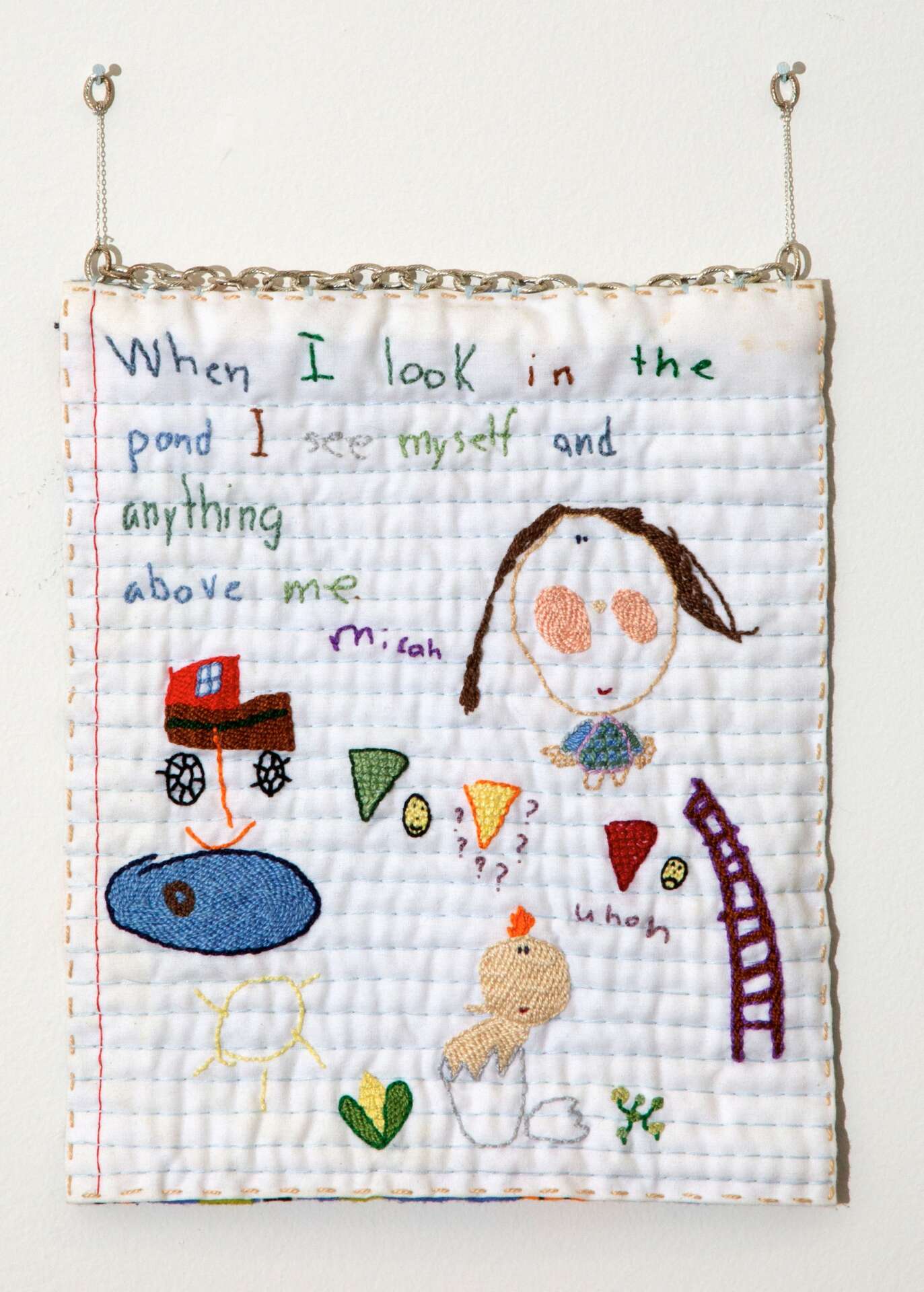
How can we best help foster a strong, supportive environment for artists and creatives?
The best way to support artists and creatives in general is to value our time and labor and ensure everyone has access to material security and the resources that tend to be provided through the workplace, such as health insurance. Artists need to feel like we have enough funding and systems to support our wellness in order to thrive, foster the creative process, and enable our participation in the greater creative ecosystem. Systems such as universal healthcare and basic income would greatly benefit everyone and support artists who have income streams that are often non-traditional.


For you, what’s the most rewarding aspect of being a creative?
The most rewarding part of being an artist for me is the community aspect. I have met so many amazing people who have supported my practice and are brilliant makers in their own right. Through my education, exhibitions, residencies, etc. the most valuable thing I have gained are loving, communally minded friends who are incredibly generous with their time and talents. Being in relationship with other makers is so rewarding; I love skill sharing and constantly learning alongside others who are also driven to nurture their creative practices.
Contact Info:
- Instagram: @spitboy_
- Other: email: [email protected]
Image Credits
Micah Dillman Jules Koreman


